I arrived in Nairobi earlier this week to visit the water projects we fund in Kenya in partnership with Co-op. It’s been almost five years since I volunteered in Malindi/Mombasa on the coastal region of Kenya for three months, and the experience of arriving in the country’s capital city couldn’t have been any more different.
At first glance you can see tall buildings, new roads, modern shops, bustling restaurants and bars, long traffic jams and frantic commuters rushing around in tailored suits (or even catching an Uber to their next destination!). If it wasn’t for the weather (30°C and sunny) Nairobi could easily be mistaken for any large European city like London.
It didn’t take long for this perception to change. Take a turn down a different road or drive through the Central Business District at night and you’ll see the thousands of homeless people sleeping on the street. Drive just 5 kilometres from the city centre and you’ll reach Kibera – One of Africa’s largest urban slums. A completely different world for hundreds of thousands of Nairobi’s urban poor.
Today we visited two of the seven informal settlements that we’re supporting through our Nairobi programme – Mwangenya and Kibera. In Nairobi alone, 60% of the population (1.4 million people) currently live in informal settlements like these where the majority of people have no access or extremely limited access to basic services like clean water.
I don’t think anything could have prepared me for what I would see (and smell) during my first experience of an urban slum as we arrived in Kibera, just 10 minutes after leaving our hotel in the city. Homes are made of anything from mud to bits of rubbish (with a tin roof if you’re lucky), the dirty streets are covered in rubbish and excrement from the wild animals that roam around it and human waste collects in the gutters. I realised after leaving that I had hardly said a word since getting there, it must have been clear that I was completely shocked by what I had experienced. I have never seen such severe poverty on such a large scale. I couldn’t believe that nearly 300,000 people lived in this one slum – a population bigger than many European cities.
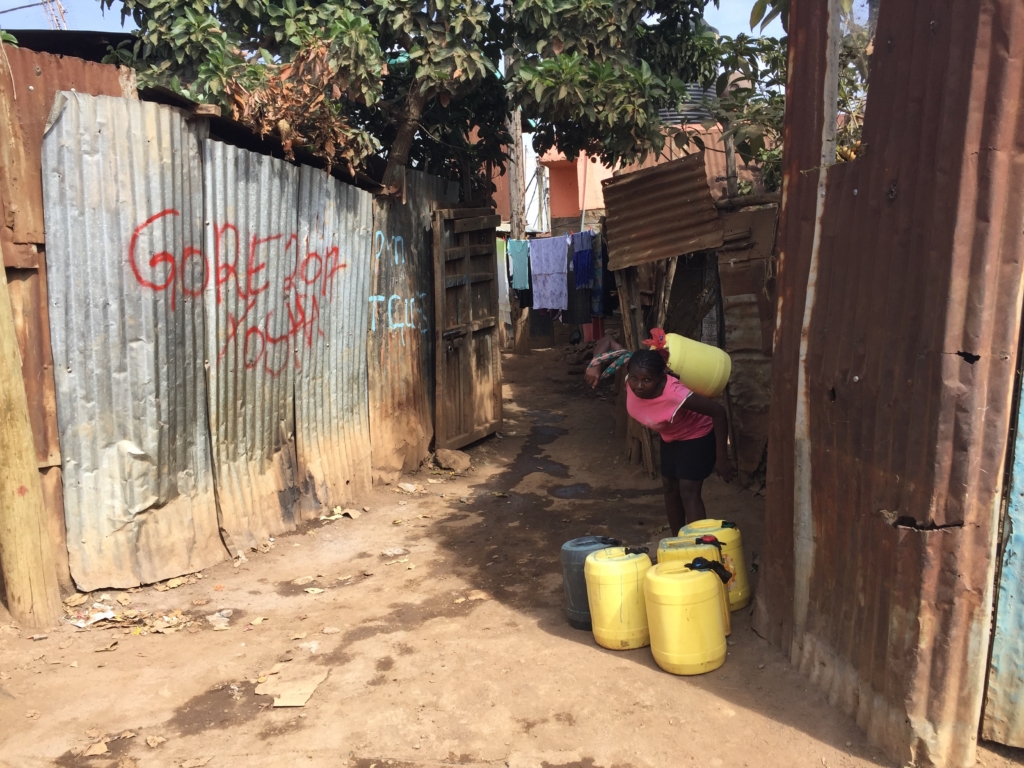
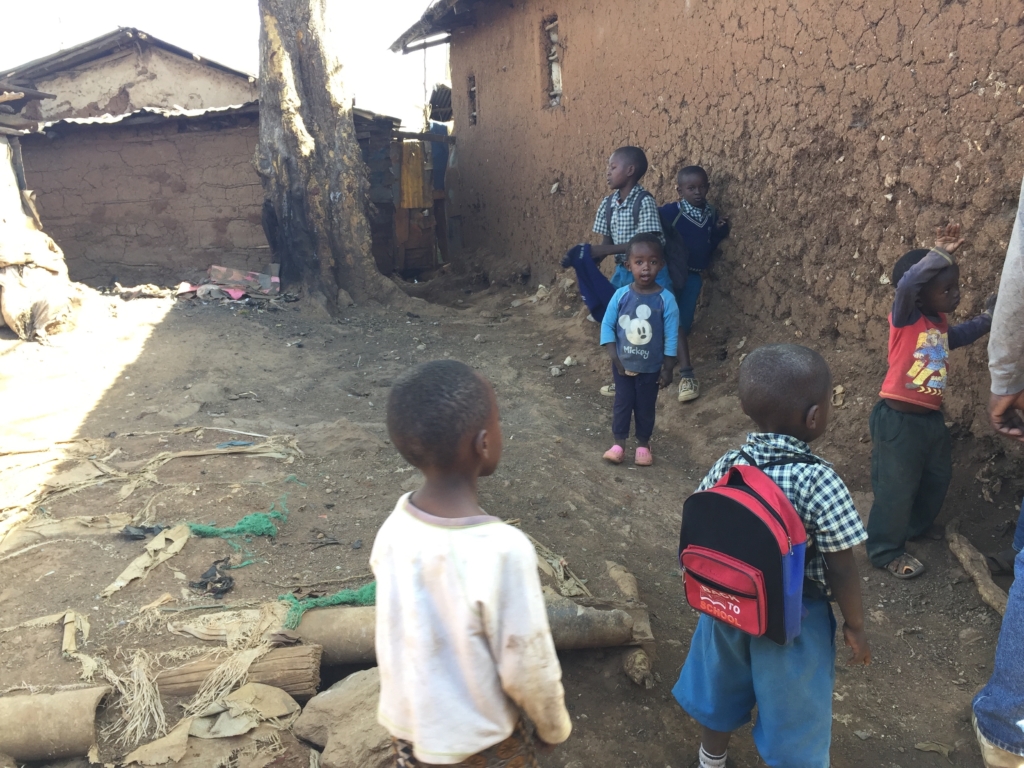
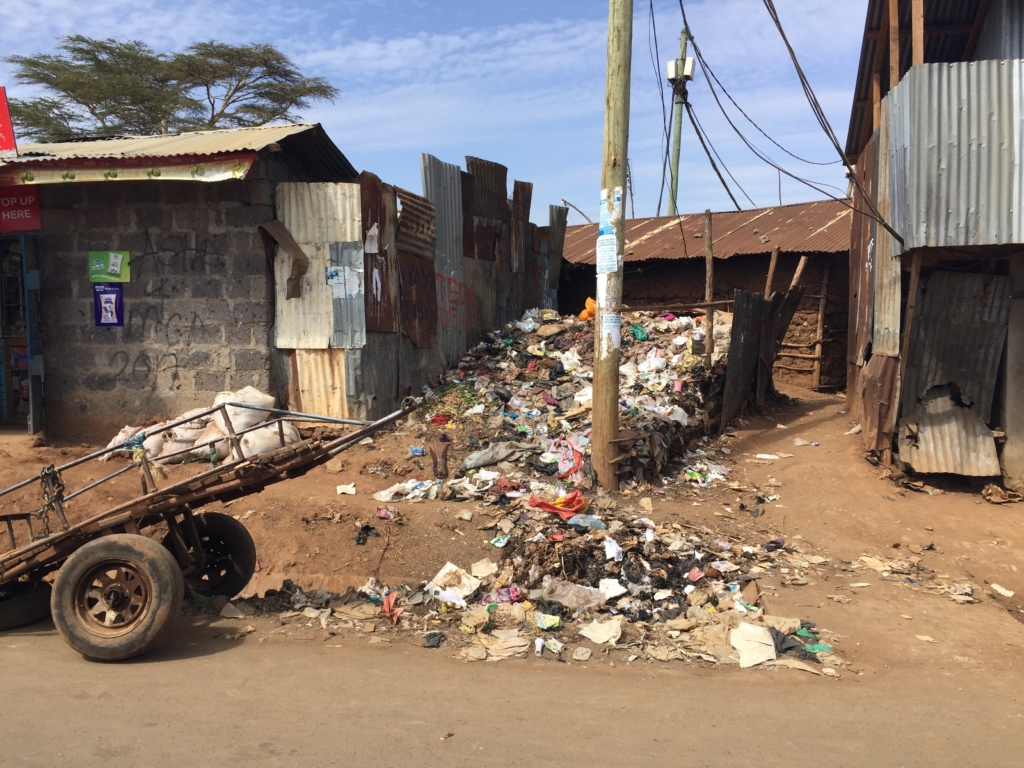
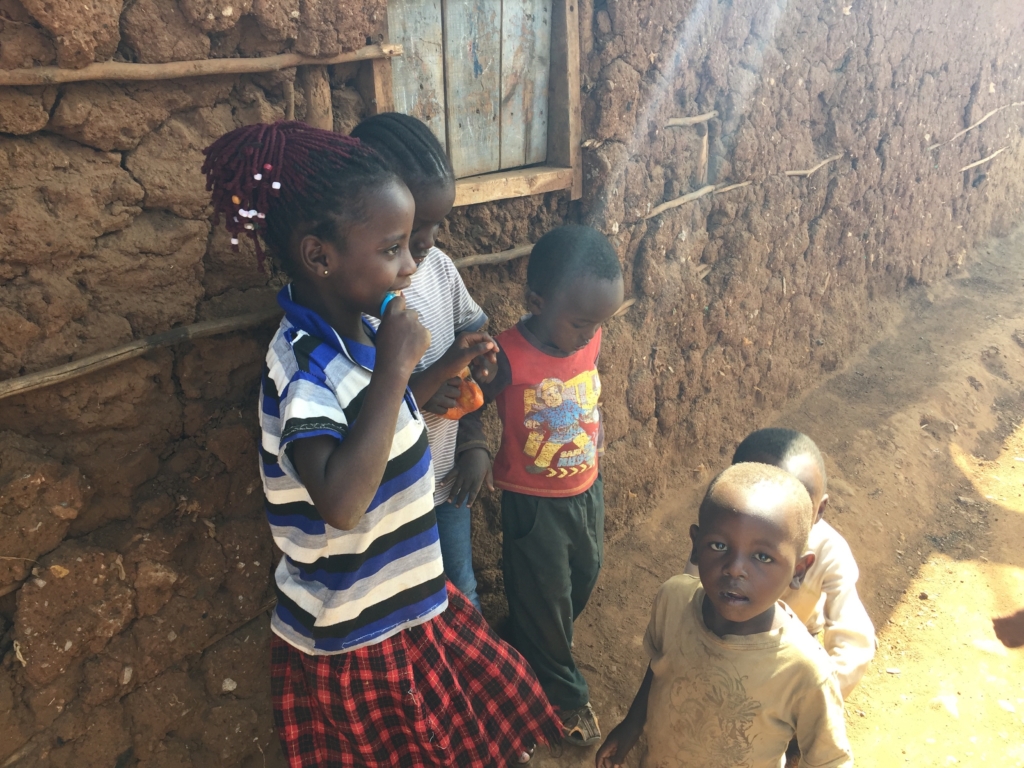
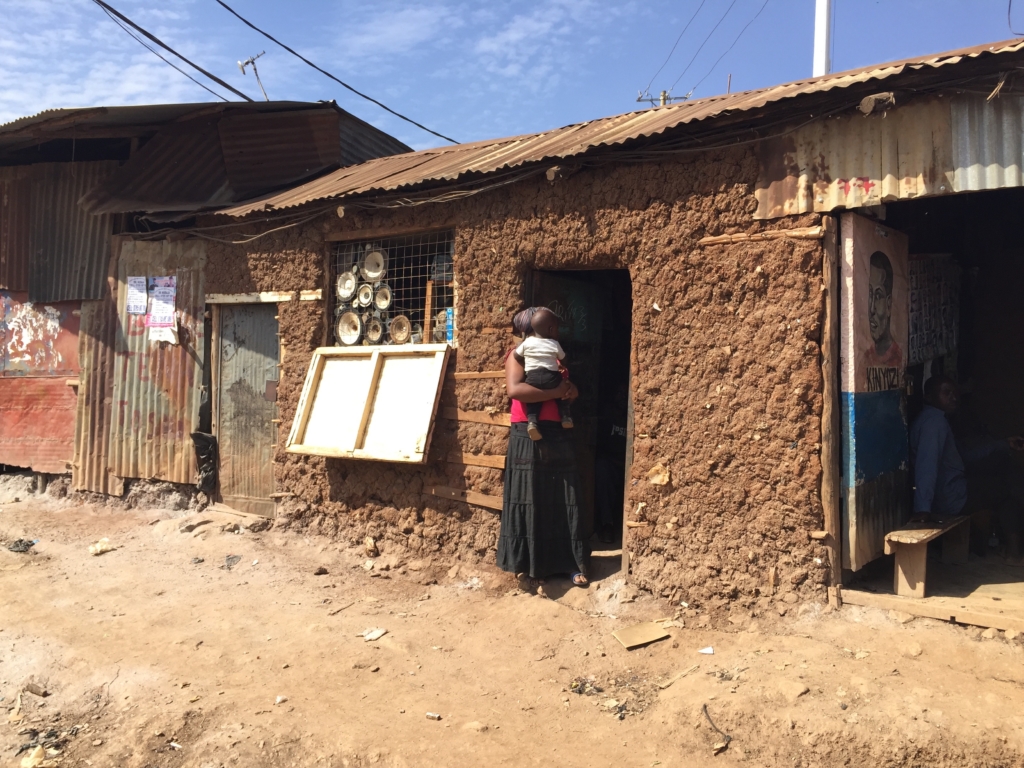
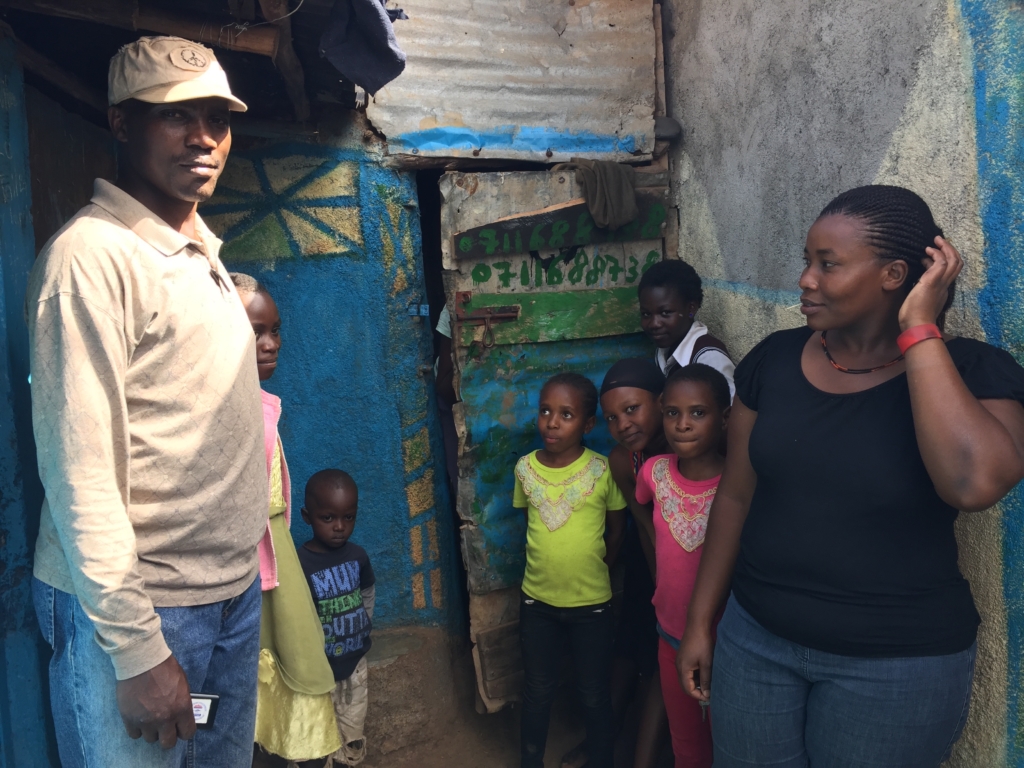
Before I had time to fully come to terms with my experience in Kibera, we arrived at another of Nairobi’s informal settlements called Mwanganye. Here we were warmly welcomed by the community, including a sea of school children who eagerly rushed out to join us at lunchtime. We’ve funded 80% of the project in Mwanganye, which starts on Monday and should only take six months to connect a community of 2,000 households to a sustainable water system. Just six months to change 8,000 lives.
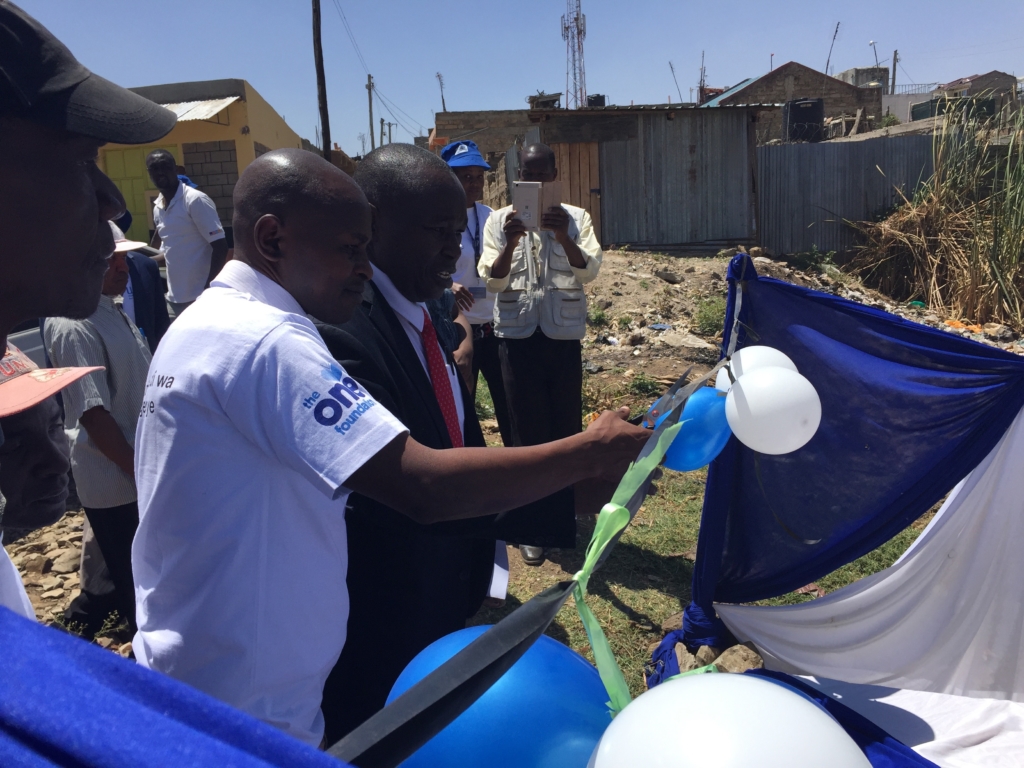

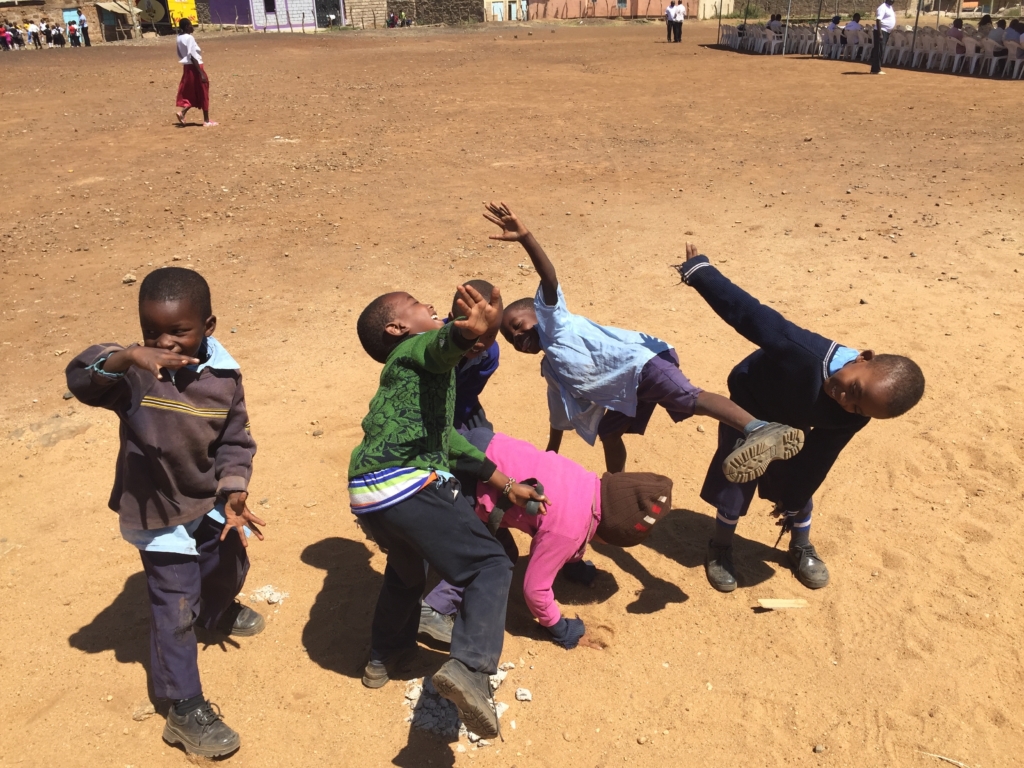
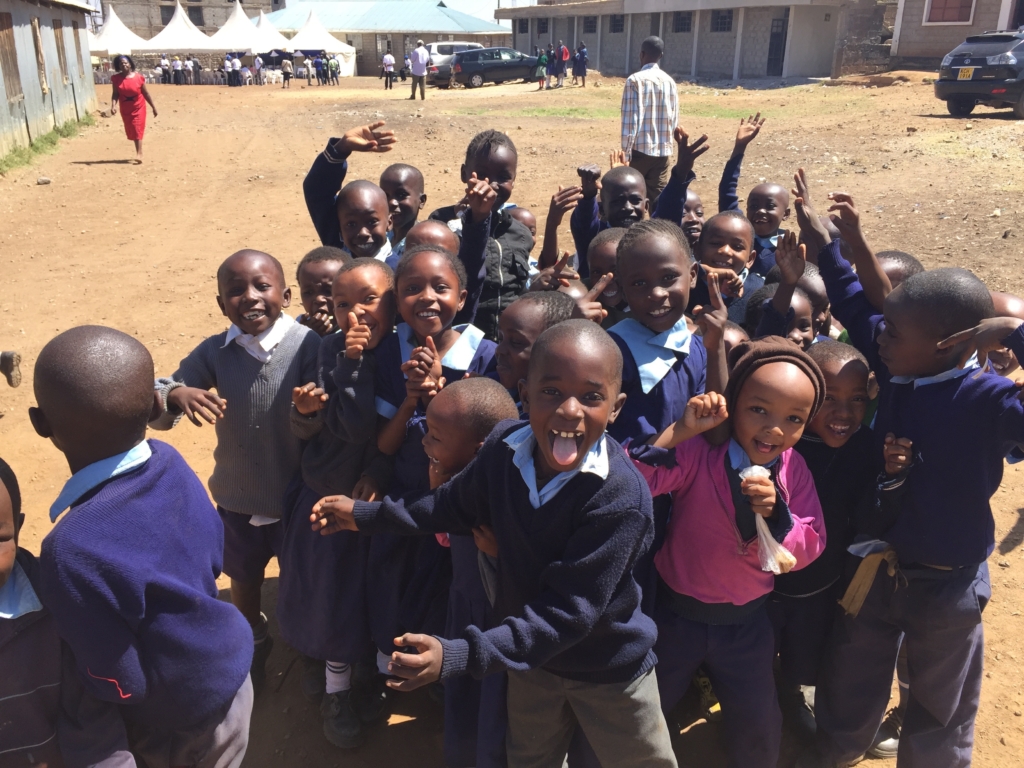
I had often wondered how giant slums like these started – and how they were able to continue to grow and grow without having the resources to provide for the people living there. Once I found out about Kenya’s rapid urbanisation over the last 55 years due to natural population growth and issues such as drought, conflict and rural poverty, it all started to make sense.
Back in the early 60s only about 8% of Kenyans lived in urban centres. By 2009 this had shot up to 32%. Now the urban population is expected to continue to grow to 38% by the end of 2017 and 56% by 2027. 31.7 million people who will be forced to live in expanding, overcrowded and impoverished informal settlements and low-income areas of Nairobi like the ones I’ve visited today. Millions of people who will be in dire need of the most basic of resources like water to survive and help pull themselves out of poverty.
In just one day, I’ve seen how this programme will help to transform thousands of lives forever as it provides access to clean water for those most in need. By supporting the development of much needed infrastructure in these informal settlements (including network extensions and metered water connections, as well as improving water supplies at a household and plot level through public standpipes and water kiosks), this programme is empowering Nairobi and its population to maintain and grow its own sustainable water systems. Systems that they will be able to manage and benefit from forever without a need for foreign aid or charity. Incredible.
The harsh effect of urban population growth isn’t unique to just Kenya though. Between 2010 and 2050, Africa’s urban population will increase from 400 million to 1.26 billion, with a vast majority of people living in low-income or informal settlements like I’ve visited today. Hundreds of millions of people who will need access to clean water.
When I used to think of water projects in Africa a few years ago (and I’m sure many others will be the same), I used to picture people collecting water from a hand pump in a rural community. Over the last 20 months I’ve been at One, I’ve now seen how the global water crisis can affect everyone, from small villages and communities in rural Malawi to huge urban cities like Nairobi. And how providing clean water to any of these people can help to completely change their lives.
I couldn’t be more proud of working for a company that is working towards a world where EVERYONE has access to clean water forever. And from what I’ve already seen of our rural and urban programmes, I can confidently say that you’re helping us get one step closer to realising this vision every single time you pick up a One drink. Thank you.
